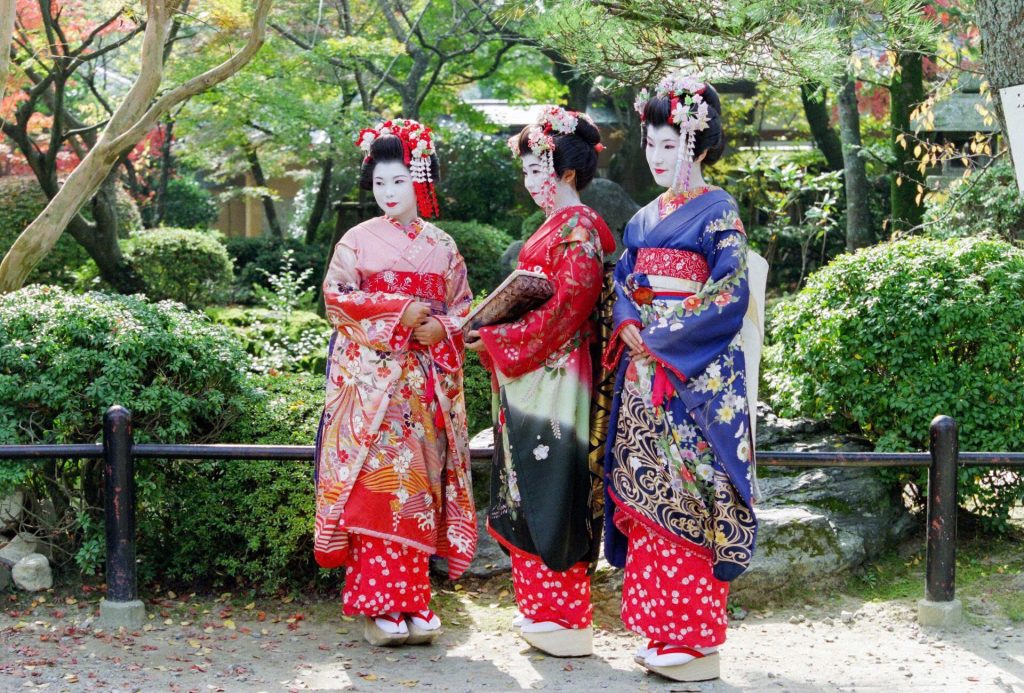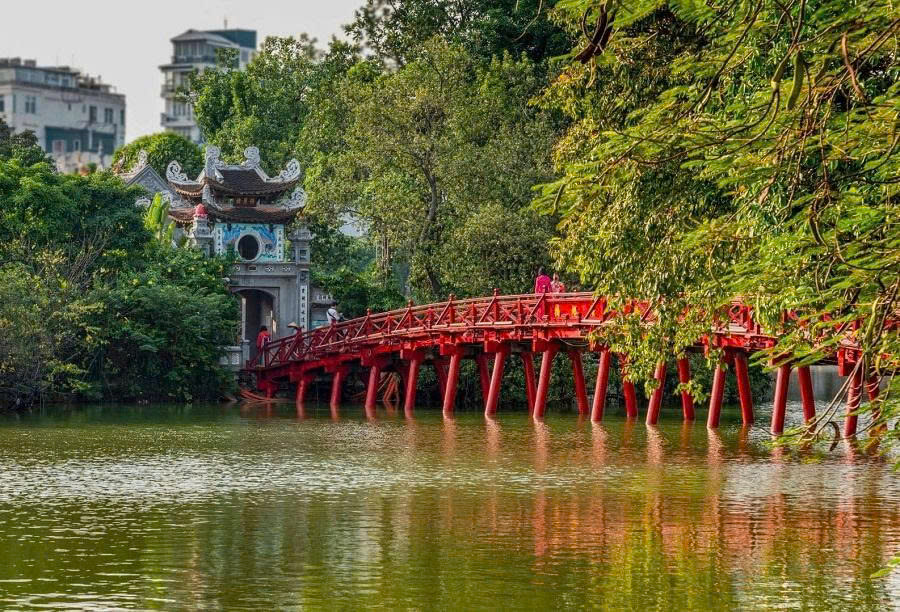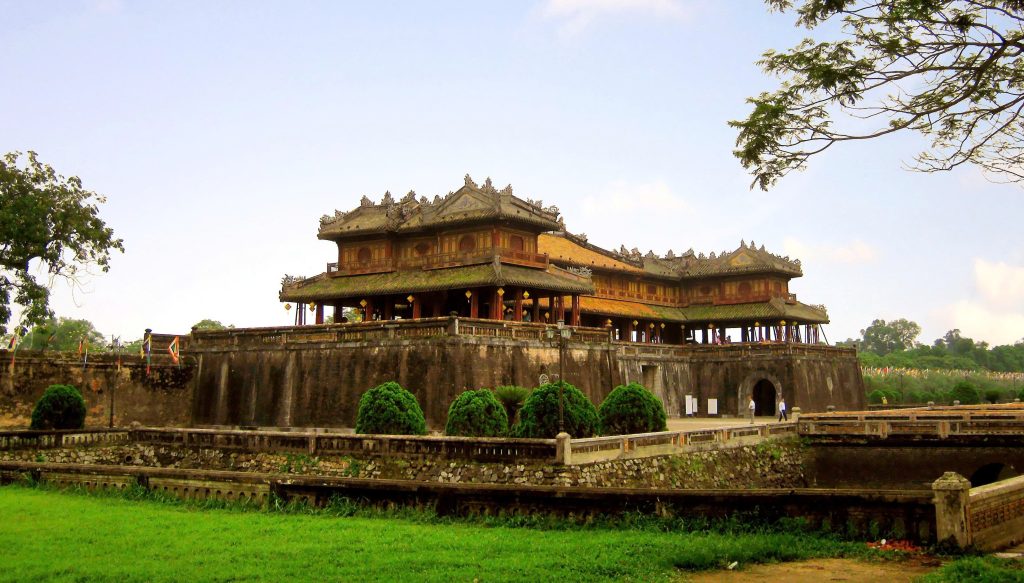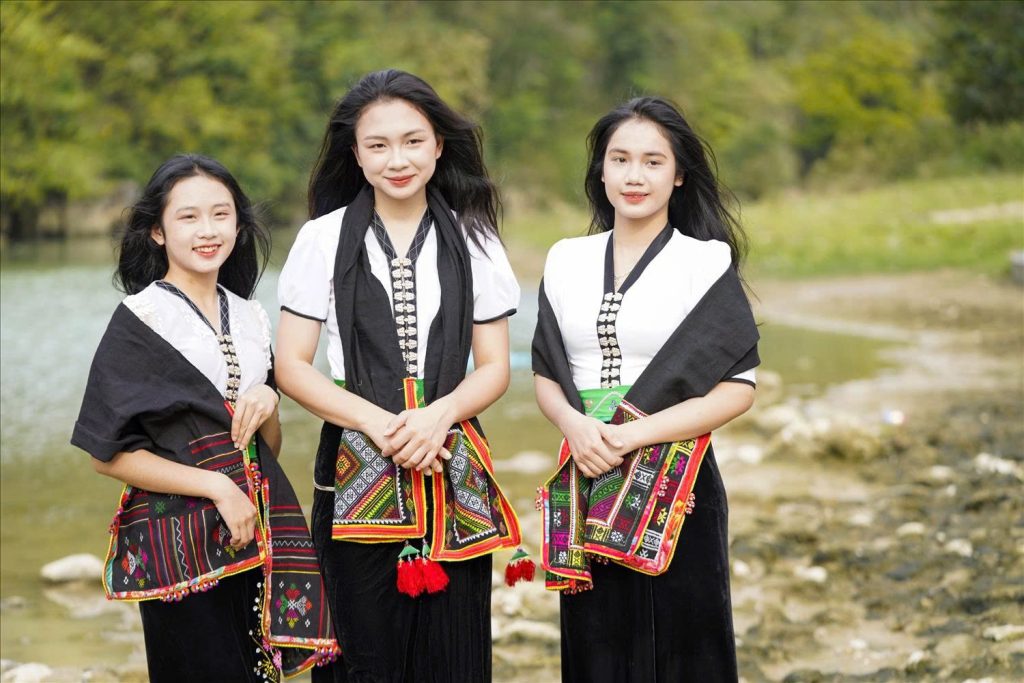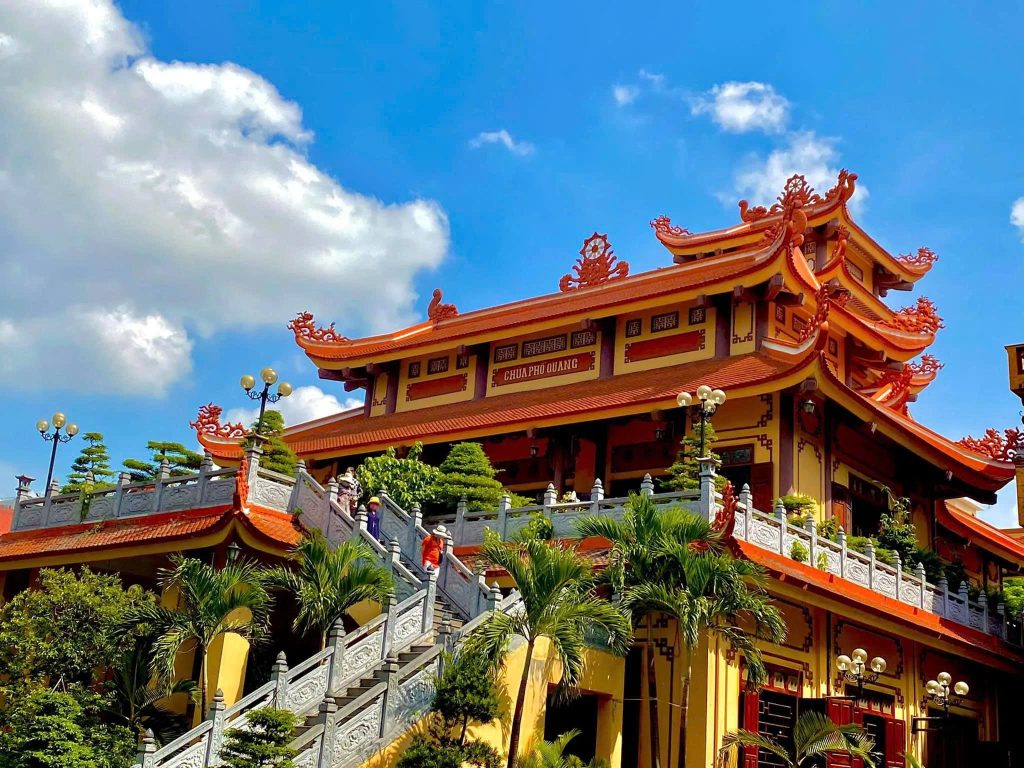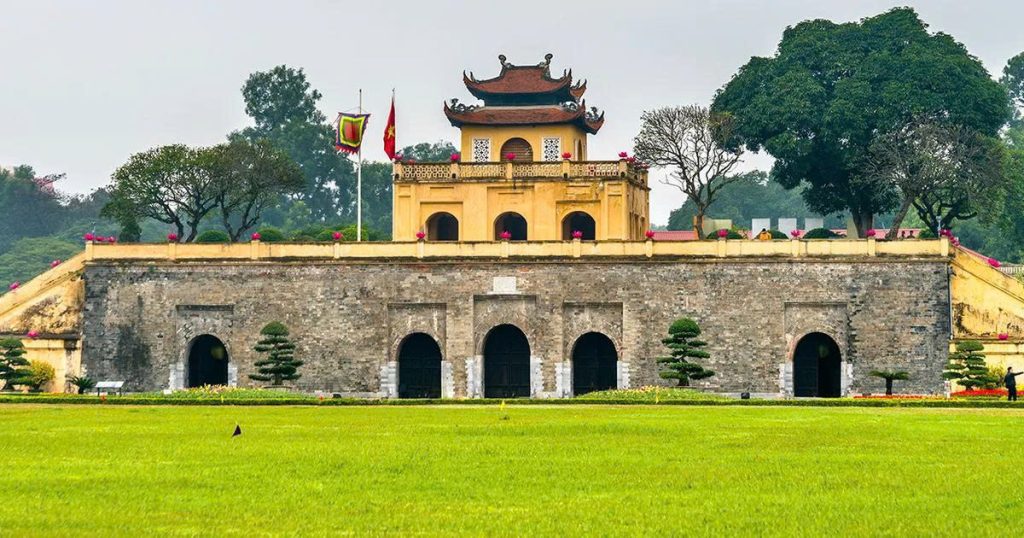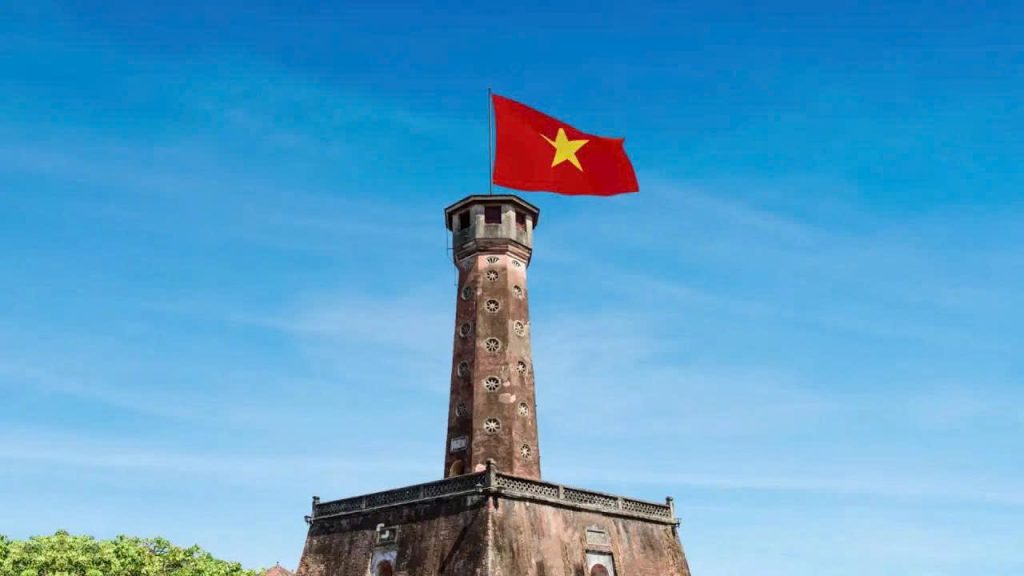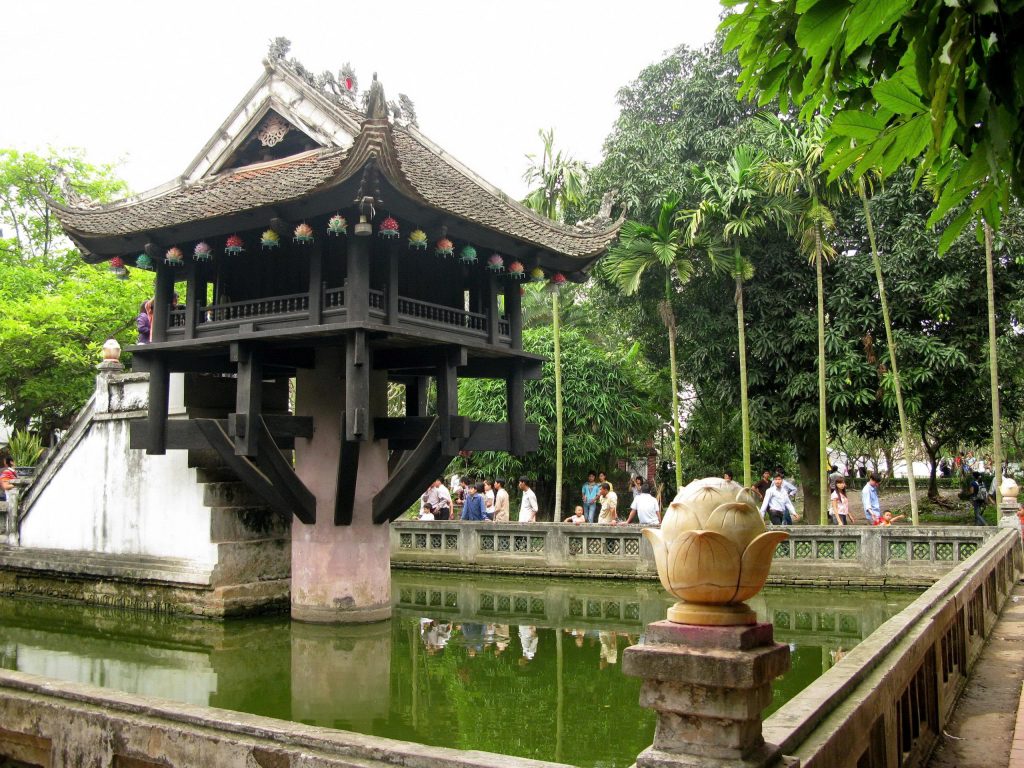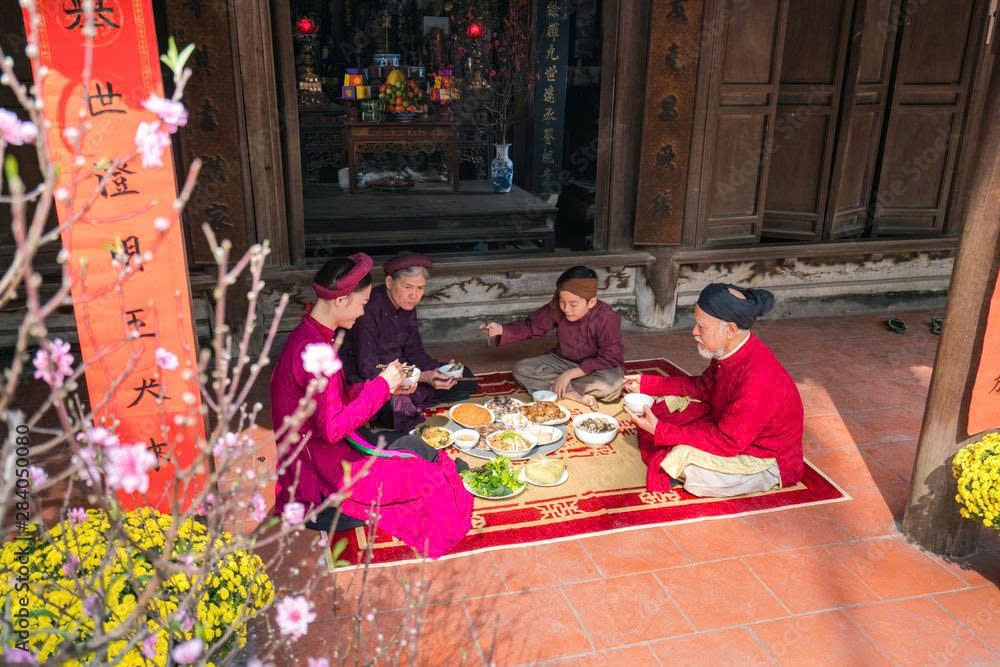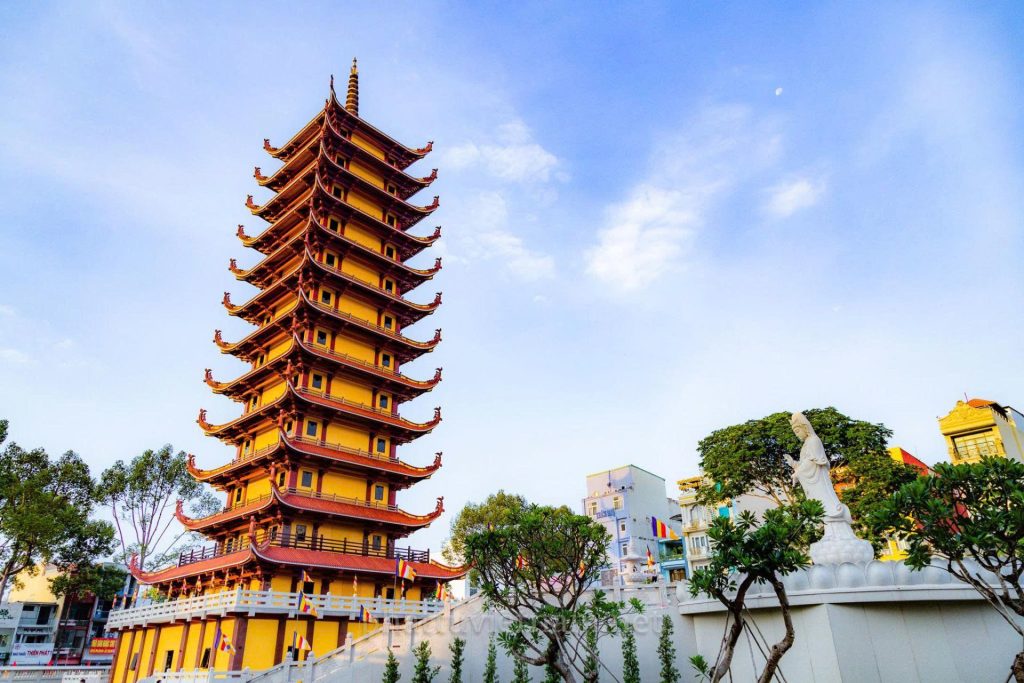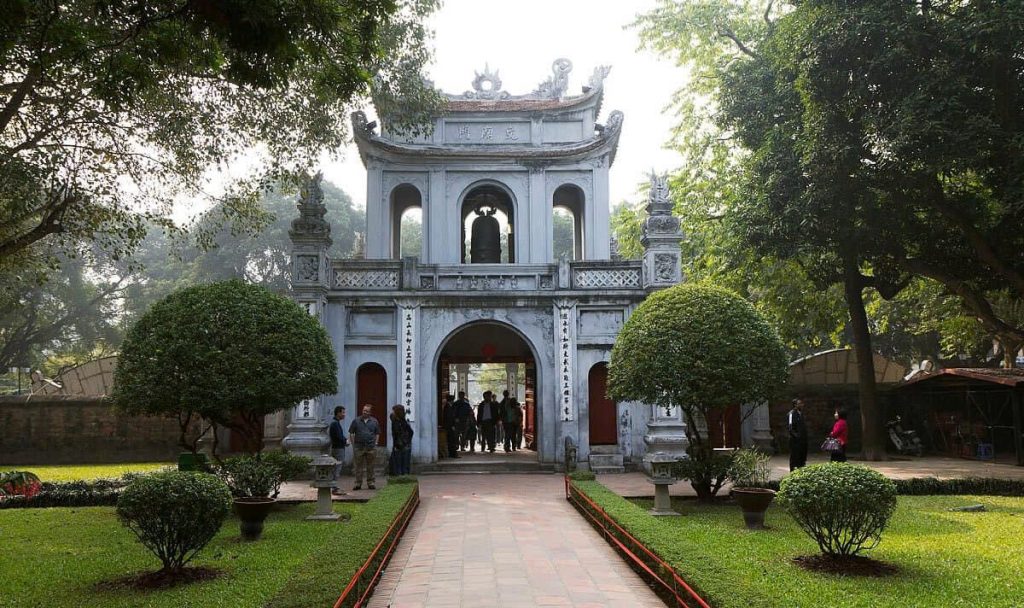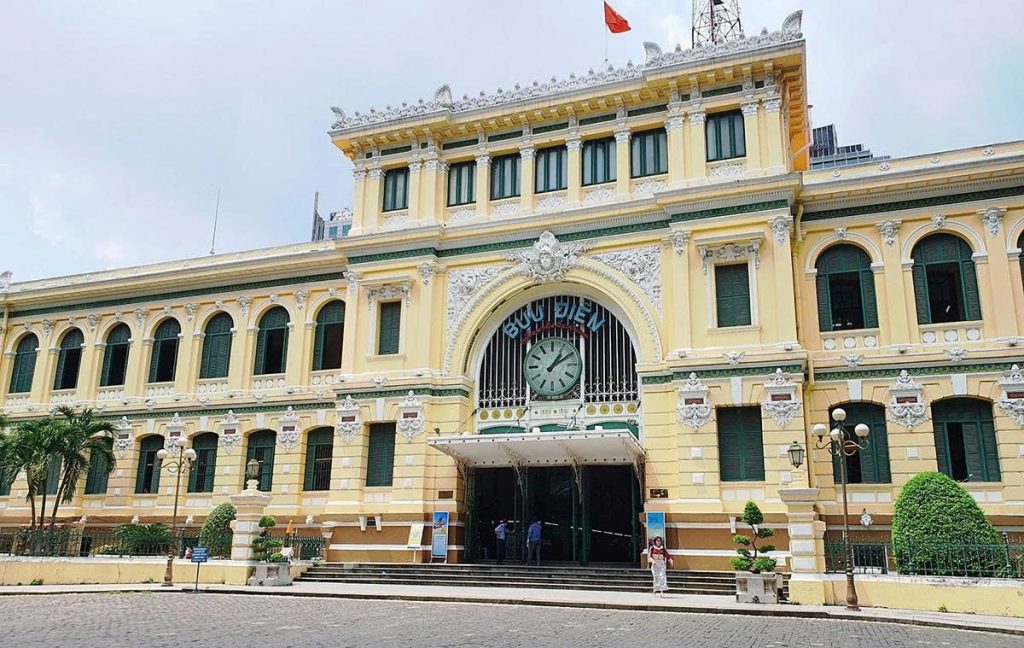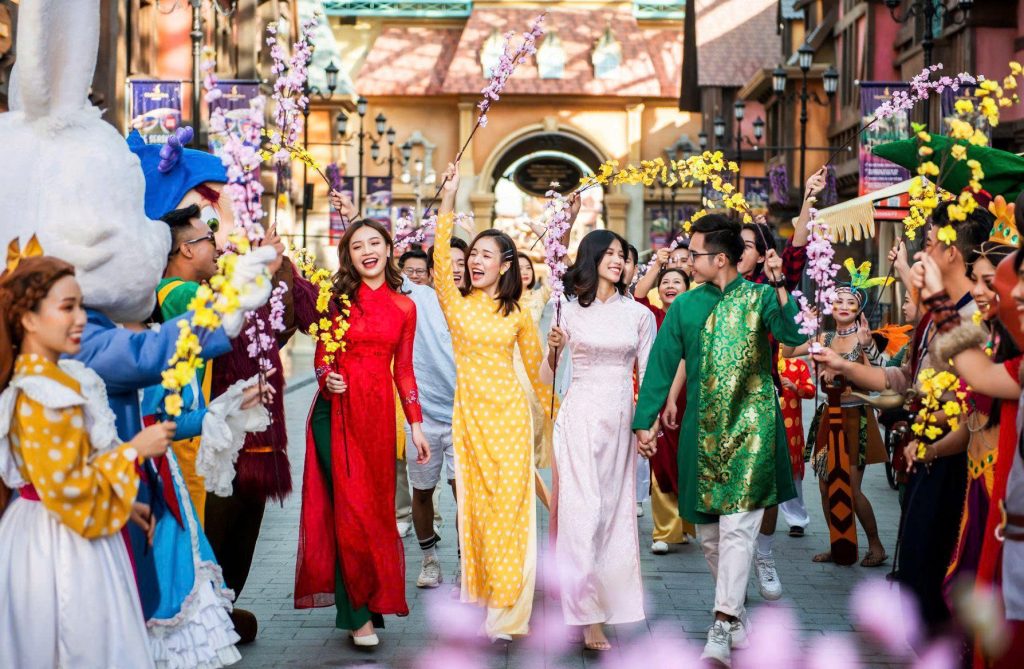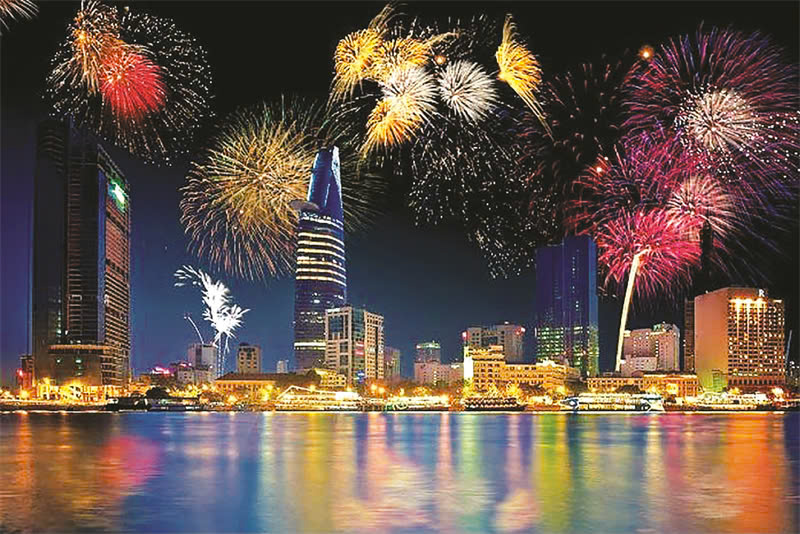Clothing is more than just fabric and thread; it’s a living tapestry of a nation’s history, values, and identity. From the flowing silk of a Japanese kimono to the intricate patterns of a Scottish kilt, traditional costumes serve as a powerful link between the past and the present. These garments tell a story of a people’s triumphs, traditions, and unique way of life, often symbolizing a deep connection to their heritage.
This article will take you on a journey around the globe, exploring some of the most famous and culturally significant traditional costumes. We’ll delve into the history behind these outfits, their symbolic meaning, and the occasions on which they are worn, giving you a deeper appreciation for the world’s rich and diverse cultural tapestry.
Traditional Costumes of Asia
Asia is a continent of breathtaking diversity, a fact beautifully reflected in its traditional attire. These costumes are often characterized by their intricate details, rich fabrics, and profound symbolism.
Japan: The Kimono
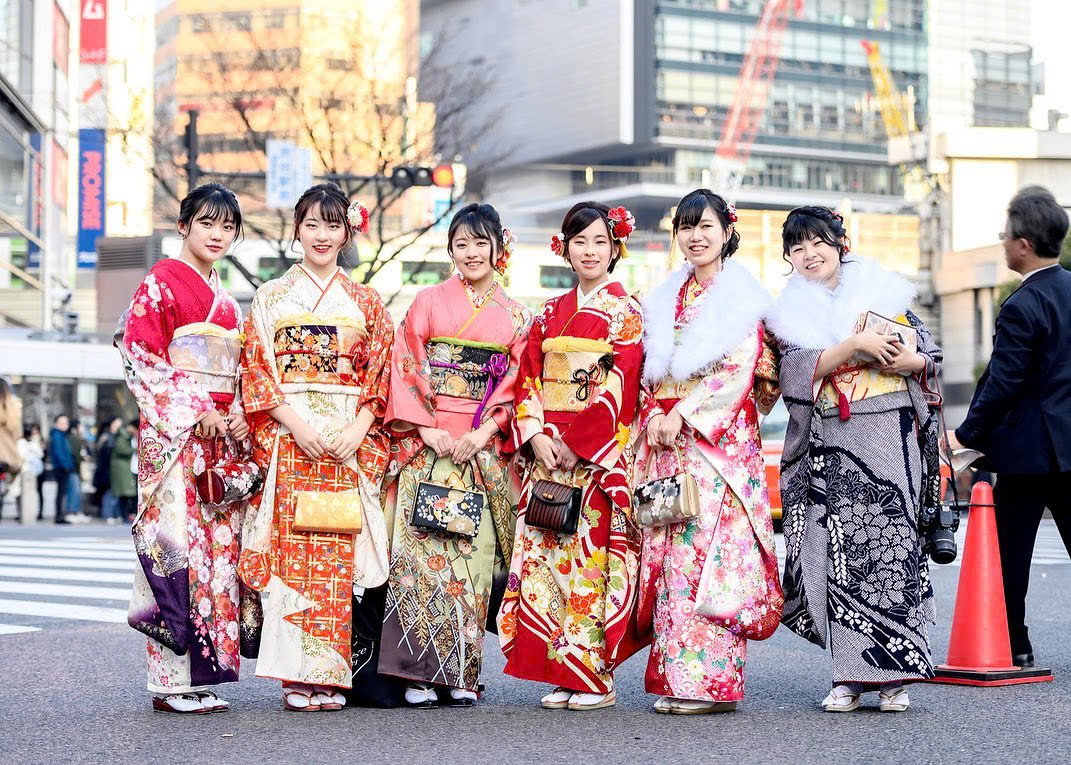
The kimono is a timeless symbol of Japan. Translating literally to “thing to wear,” it is a full-length, T-shaped robe with long, wide sleeves. Historically, the kimono was the primary form of dress for all people in Japan, but today, it is reserved for formal occasions and celebrations.
- History and Significance: The kimono’s origins trace back to the Heian period (794–1185), when a straight-line cutting method was used to create a garment that was comfortable and easy to wear. It evolved over centuries, with intricate layers and patterns becoming a form of social and artistic expression.
- Types and Usage: There are various types of kimonos, each with a specific purpose. A furisode, with its long, sweeping sleeves, is worn by unmarried women. A yukata, made of lighter cotton, is a more casual style often worn to summer festivals. The colors and patterns on a kimono are rich in symbolism, representing seasons, nature, and virtues like longevity or good fortune. Today, you’ll see kimonos at Shinto shrines, traditional tea ceremonies, and special occasions like weddings and graduation ceremonies.
India: The Saree and Lehenga Choli
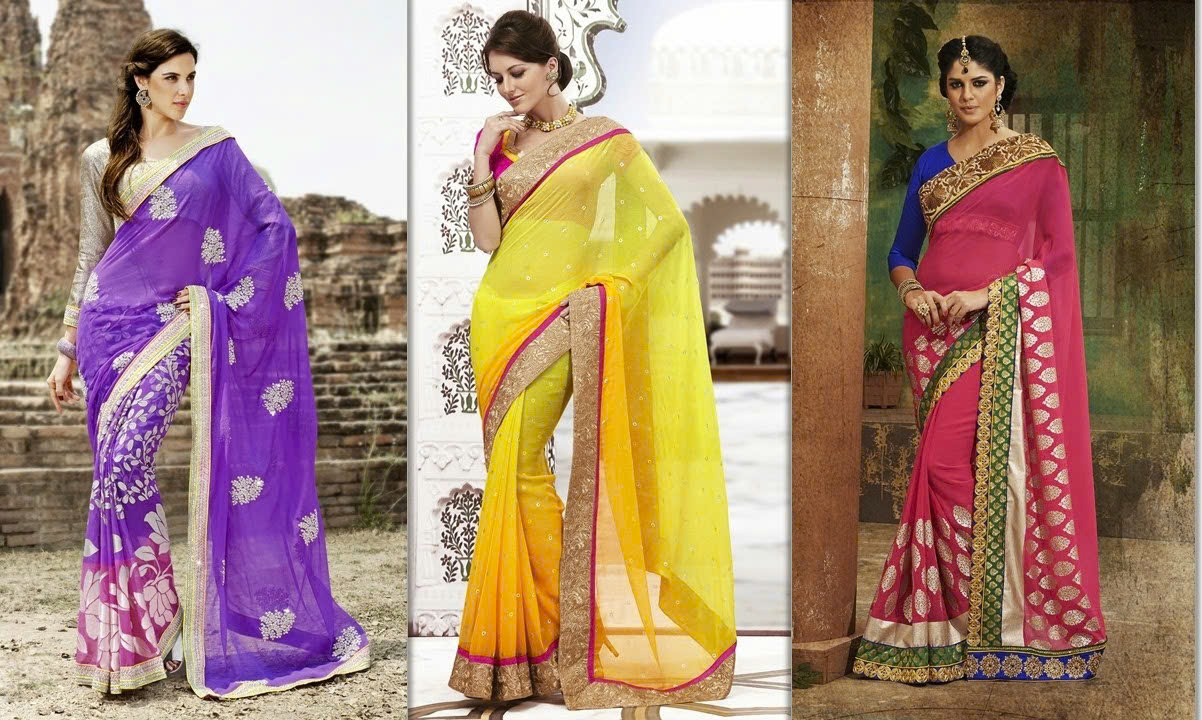
India’s traditional wear is a vibrant explosion of color and intricate craftsmanship. While many regional costumes exist, the Saree and Lehenga Choli are the most globally recognized.
- The Saree: The Saree is a magnificent unstitched garment, typically 5 to 9 yards long, that is elegantly draped over the body and worn with a fitted blouse. The way a Saree is draped can vary by region, reflecting the local culture. It is a daily garment for many women in India and a symbol of grace, femininity, and tradition.
- The Lehenga Choli: Worn for special events and celebrations, the Lehenga Choli consists of a long, pleated skirt (lehenga), a fitted top (choli), and a draped scarf (dupatta). Its beauty lies in the detailed embroidery, mirror work, and beading that can take artisans months to complete. It’s the go-to garment for Indian weddings and festivals like Diwali.
Vietnam: The Ao Dai and Nón Lá
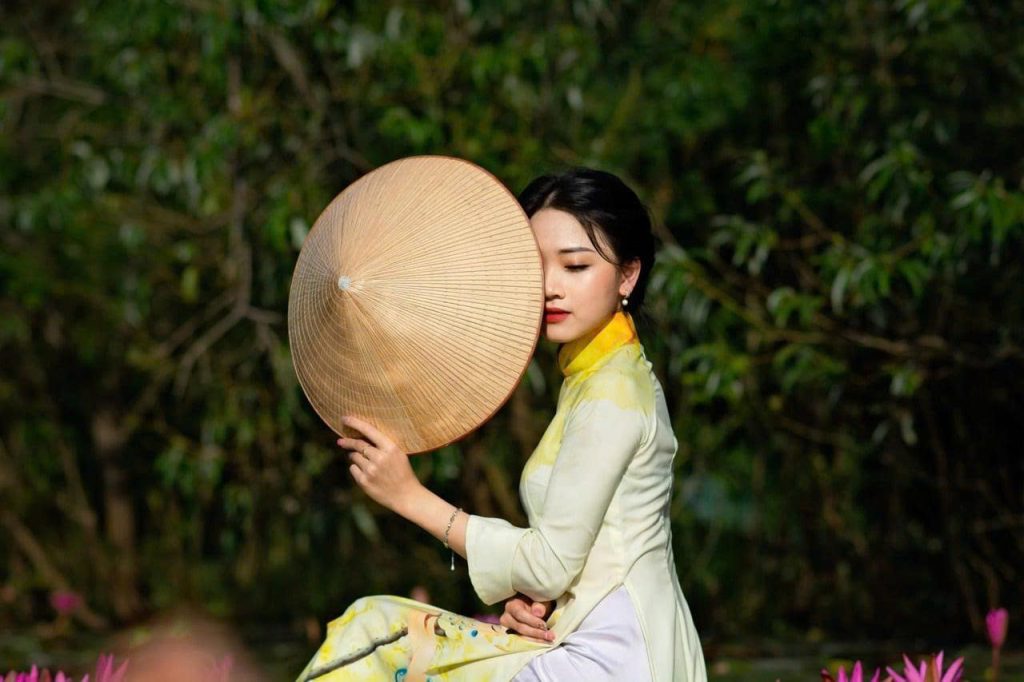
The Ao Dai is an elegant and slender garment that is a testament to the grace of Vietnamese women. It is a long, split tunic worn over trousers, often made of silk or other light, flowing fabrics.
- Cultural Significance: The Ao Dai became the national dress of Vietnam in the 20th century, symbolizing a blend of traditional values and modern elegance. It’s worn for a variety of formal occasions, from school uniforms to weddings and beauty pageants.
- The Nón Lá: Paired with the Ao Dai, the nón lá (Vietnamese conical hat) completes this iconic ensemble. Made from palm leaves and bamboo, the nón lá is both a practical tool for protection from the sun and rain and a symbol of Vietnamese beauty and resilience. The most famous versions, like the Nón Bài Thơ from Huế, even have hidden poems visible when held up to the light.
Korea: The Hanbok
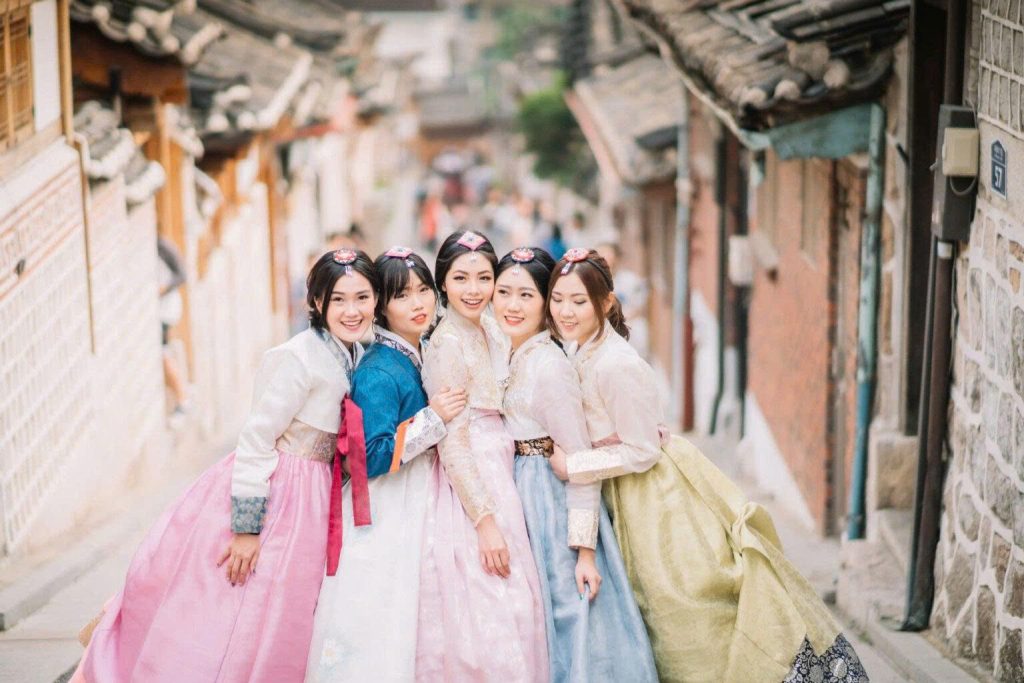
The Hanbok is the traditional dress of Korea, known for its vibrant colors, elegant lines, and simple yet graceful design. The female Hanbok consists of a high-waisted skirt (chima) and a short jacket (jeogori), while the male version includes baggy trousers (baji) and a jacket.
- History: The Hanbok has been worn in Korea for over 2,000 years, with its style evolving from the garments of the Three Kingdoms period. Its flowing lines are designed to allow for freedom of movement and represent the grace and harmony of nature.
- Modern Day Use: Although not worn daily, the Hanbok is a cherished part of Korean life. It is worn during traditional festivals like Seollal (Lunar New Year) and Chuseok, as well as for family celebrations, weddings, and formal ceremonies.
Iconic European National Dresses
Europe’s traditional costumes are as diverse as its history, often reflecting the unique climate and social structure of each region.
Scotland: The Kilt
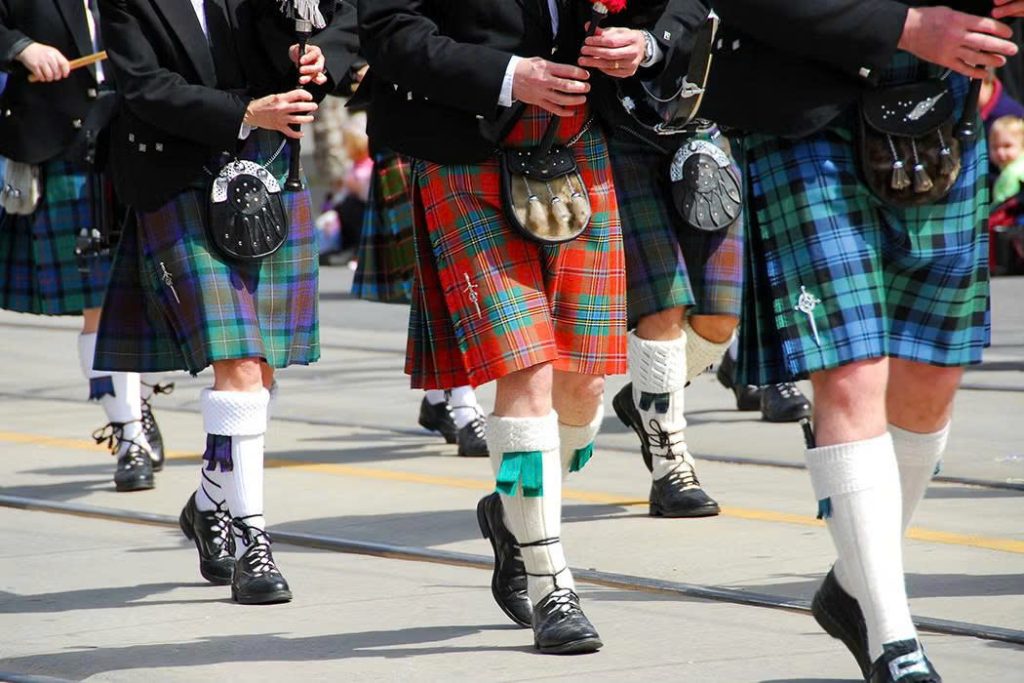
The kilt is the national dress of Scotland, a skirt-like garment for men with a rich and storied history. It is made of woven fabric known as tartan, which consists of a pattern of horizontal and vertical stripes.
- History and Symbolism: The kilt originated as the feileadh mòr, a large, unstitched blanket of cloth worn by Highlanders in the 16th century. It became a symbol of Scottish patriotism and rebellion, particularly after it was banned by the British government in the 18th century. Today, each tartan pattern can represent a specific clan, family, or region, making the kilt a powerful symbol of identity and heritage.
- Usage: The kilt is worn for formal events, weddings, and Highland games, often paired with a fringed bag (sporran), a small knife (sgian-dubh), and a fitted jacket.
Germany: The Lederhosen and Dirndl
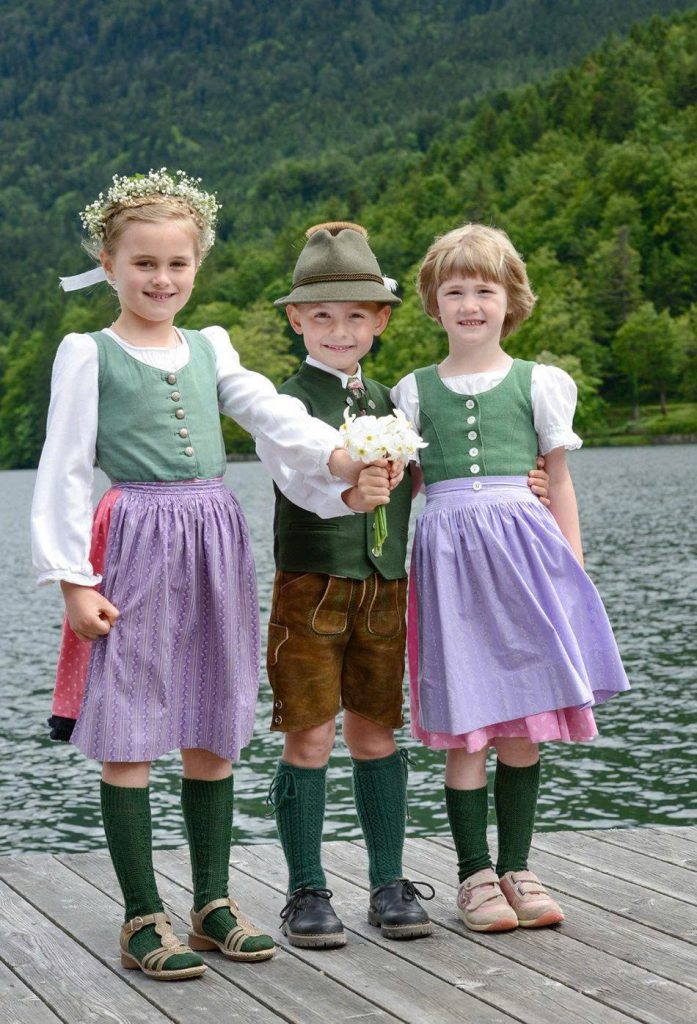
The Lederhosen and Dirndl are the iconic traditional outfits of Bavaria, a region in southern Germany. They are symbols of German folk culture and are prominently featured in local celebrations.
- The Lederhosen: These are knee-length leather shorts with suspenders, traditionally worn by men. They were originally durable workwear for farmers and hunters but have become a beloved symbol of German heritage.
- The Dirndl: A dress with a bodice, a blouse, and a full skirt with an apron. The Dirndl originated as the clothing of Bavarian maids and now represents traditional German femininity. Both are a staple at festivals like Oktoberfest and regional folk gatherings.
Vibrant Attire from the Americas
The Americas boast a kaleidoscope of traditional costumes, each telling a story of indigenous heritage, colonial history, and unique cultural fusions.
Mexico: The Sombrero and Charro Suit
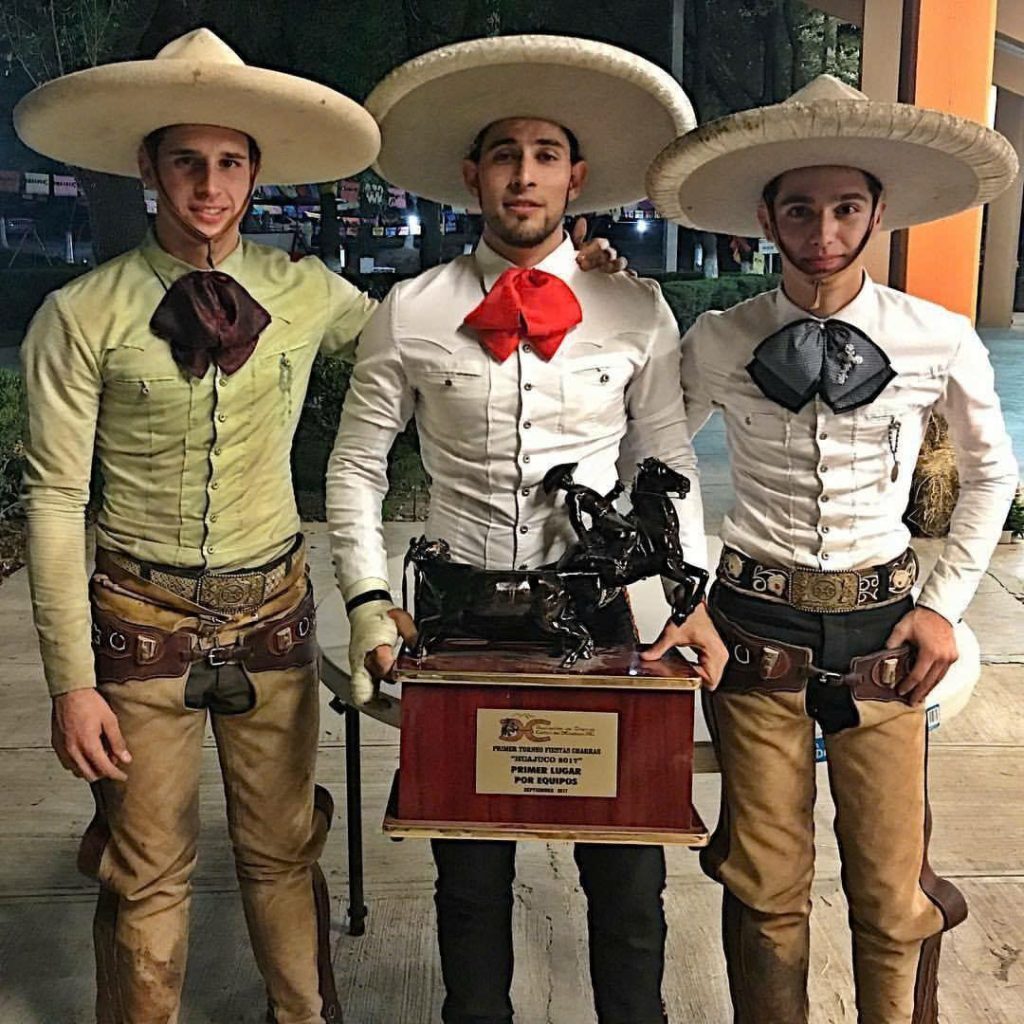
The Sombrero and Charro Suit are instantly recognizable symbols of Mexico’s vibrant culture and history.
- The Sombrero: A hat with a wide brim and high crown, the sombrero provides excellent protection from the sun. It’s a symbol of Mexican pride, worn on special occasions and by performers.
- The Charro Suit: This is the elegant attire of the charro, a traditional Mexican horseman. It consists of a jacket, matching trousers, and an intricately decorated sombrero. The suit is a symbol of Mexican horsemanship and is worn by Mariachi musicians and performers during traditional events like fiestas and Cinco de Mayo.
United States: The Cowboy Attire

The Cowboy is a uniquely American icon, and their attire reflects the rugged individualism and pioneering spirit of the American West.
- Key Elements: The outfit includes a wide-brimmed cowboy hat, a bandana, denim jeans, boots, and a leather belt. Each piece has a practical purpose, from protecting a rider from the sun and dust to providing durability for ranch work.
- Symbolism: The cowboy and his attire symbolize freedom, independence, and the myth of the American frontier. They are still seen today at rodeos, country music festivals, and parades across the country.
Brazil: The Baiana Dress
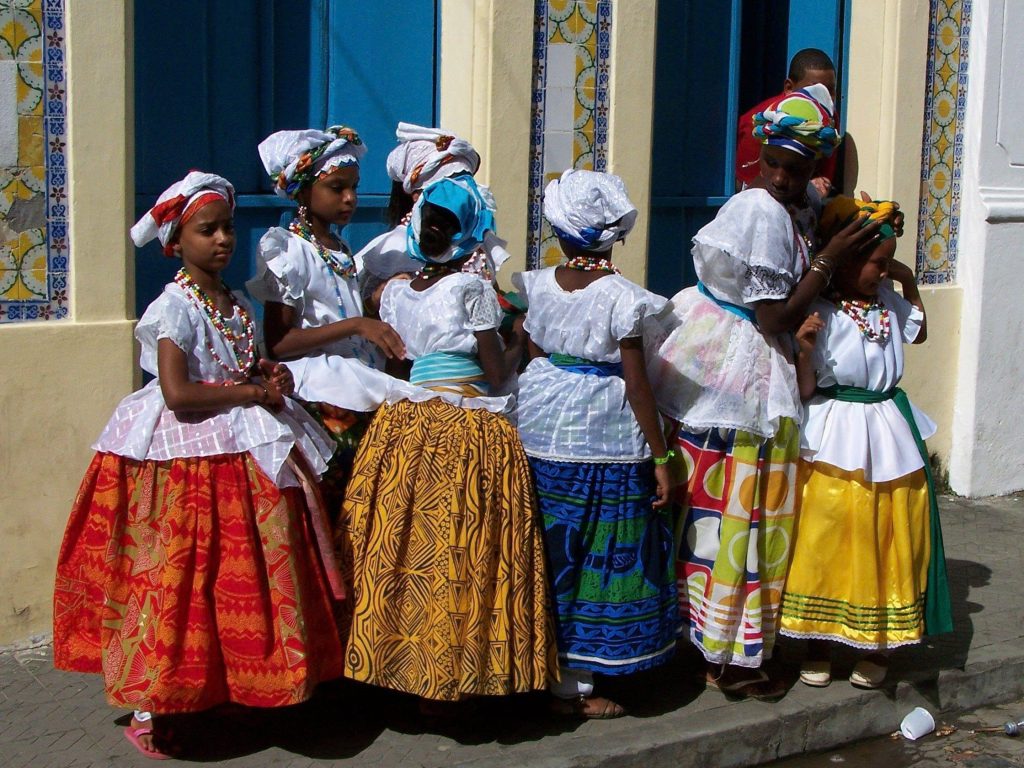
The Baiana dress is a vibrant and festive traditional costume from the state of Bahia, in northeastern Brazil.
- Origins and Appearance: The dress is an homage to the region’s African heritage. It is a flowing white or colorful ensemble consisting of a long, full skirt, a blouse, a head wrap, and often intricate jewelry. The costume’s vibrant colors and layers are a symbol of joy and celebration.
- Usage: The Baiana dress is worn by women who sell traditional food in the streets and for cultural and religious festivals. It is a central part of the annual Carnival celebrations, a dazzling display of color, movement, and heritage.
While many of these costumes are reserved for special occasions, they are far from forgotten. Modern designers are increasingly drawing inspiration from traditional attire, incorporating classic patterns, cuts, and materials into contemporary fashion. This fusion of old and new helps keep these traditions alive and relevant for a new generation. By celebrating these iconic costumes, we not only honor the past but also contribute to a global appreciation for the world’s diverse and beautiful cultures.

